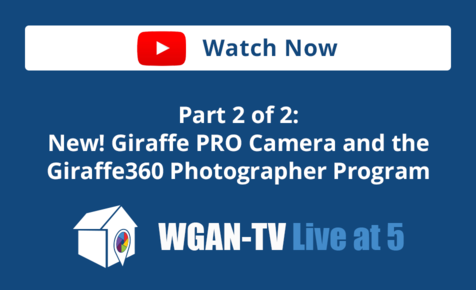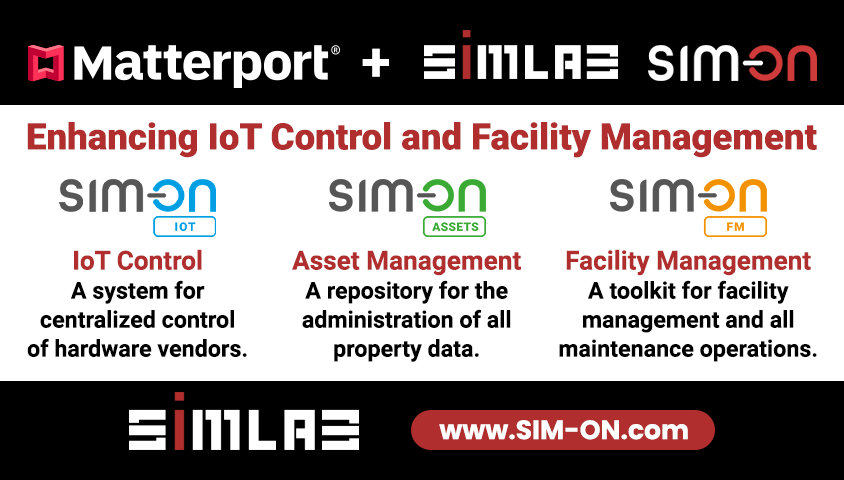Ben Claremont: Shopping List of Gear to Buy for DSLR 360 Photography12321
Pages:
1
 WGAN Forum WGAN ForumFounder & WGAN-TV Podcast Host Atlanta, Georgia |
DanSmigrod private msg quote post Address this user | |
| Hi All, If you are thinking of getting started with 360º spherical photography using a DSLR camera, here is a shopping list, as provided in an eBlast that I received today (23 June 2020) from Virtual Tour Pro Course Creator Ben Claremont (with Ben's affiliate links). You can shoot 360 photos with almost any DSLR + lens combination, but the workflow and complexity will greatly depend on the gear you choose. A fisheye lens is highly recommended if you want to keep your workflow simple. My advice for a basic professional DSLR 360 starter setup under $2,000: $250 - Manfrotto 190X Tripod + Ball Head $270 - Nodal Ninja R20 Panohead incl lens ring + rotator $849 - Sigma 8mm fisheye $629 - Canon 80D body (24MP APS-C) ===== $1,998 Total All the gear can be replaced individually, allowing you to upgrade depending on your future needs. Shooting with a DSLR requires some DSLR camera/photography knowledge as you will need to set up your camera in a specific way. If you are a total newbie, the best place to start is shooting in Aperture priority mode, ISO 100, f8, -2, 0, +2 EV bracketing, fixed white balance (not auto), and usually manually focusing your fisheye at a 1-meter distance." The best software to edit these files in are: ✓ PTGui (for stitching) ✓ Adobe Photoshop or Lightroom (for colour correction) Ok so that’s the basic gear & software setup! --- Source: Virtual Tour Pro Course Creator Ben Claremont. What gear or software substitutions would you make? Dan P.S. Save 15 percent on Virtual Tour Pro Course by Ben Claremont with WGAN Coupon Code: WGANVTP |
||
| Post 1 • IP flag post | ||

|
808virtually private msg quote post Address this user | |
| I would recommend shooting in manual mode. | ||
| Post 2 • IP flag post | ||

|
TakedaSan private msg quote post Address this user | |
Manual mode.  |
||
| Post 3 • IP flag post | ||
Pages:
1This topic is archived. Start new topic?

















